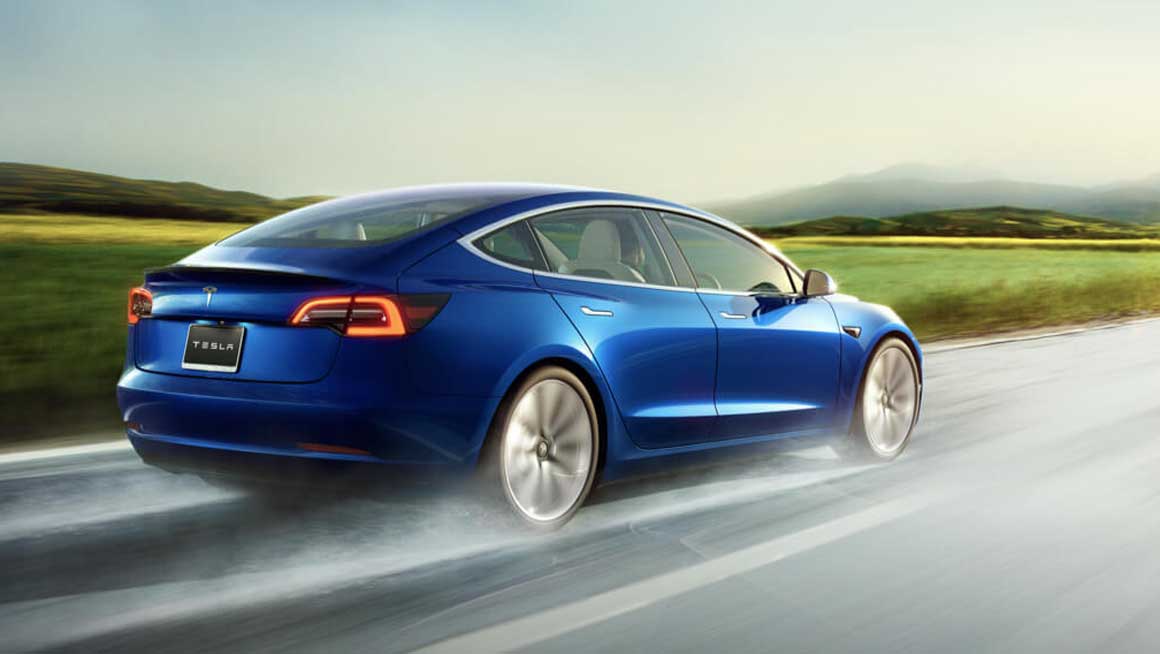The Tesla Model 3, an all-electric compact sedan, has captured the attention of the automotive industry and consumers worldwide. With its sleek design, impressive performance, advanced technology, and commitment to sustainability, the Model 3 represents a significant milestone in the mass adoption of electric vehicles. In this article, we will briefly explore the history of the model 3.
The Evolution of the Tesla Model 3
The evolution of the Tesla Model 3 is a testament to the company’s relentless pursuit of sustainable transportation and the mass adoption of electric vehicles. It all began with Tesla’s ambitious goal to create an affordable, high-volume electric car that could appeal to a broader audience. Tesla aimed to design a vehicle that could bring electric mobility to the masses, building on the success of the Roadster and Model S.
The development process of the Model 3 was marked by significant challenges and milestones. Tesla aimed to streamline production and increase efficiency to meet the anticipated high demand for the vehicle. With the Model 3, Tesla sought to address concerns about range anxiety, charging infrastructure, and cost limitations associated with electric vehicles. The company made substantial investments in battery technology, manufacturing processes, and an expansive Supercharger network. This made long-distance travel and everyday usage more convenient for Model 3 owners.
As production ramped up, Tesla faced numerous hurdles, including production bottlenecks and supply chain issues. However, the company’s relentless focus on innovation and commitment to pushing the boundaries of electric vehicle technology propelled the Model 3 forward. Tesla’s Gigafactory in Nevada played a pivotal role in scaling up battery production to meet the demand for the Model 3 and future Tesla vehicles.
The Model 3’s introduction marked a significant milestone for Tesla and the electric vehicle industry as a whole. It represented a turning point in the public perception of electric cars. The Model 3 became a symbol of sustainable transportation that could rival traditional combustion engine vehicles in terms of performance, range, and desirability. Its sleek design, impressive acceleration, and advanced technology features garnered widespread attention and acclaim.
Tesla’s continuous improvement and iteration process played a crucial role in refining the Model 3. Feedback from early adopters and ongoing software updates allowed Tesla to address issues, improve performance, and introduce new features over time. This commitment to innovation and responsiveness to customer feedback has cemented the Model 3’s reputation as a groundbreaking electric vehicle.
Accelerating the Transition to Electric Mobility
Furthermore, the Model 3’s success has had a profound impact on the automotive industry. Its popularity and positive reception have sparked increased competition among automakers. This lead to a surge in the development and production of electric vehicles. The Model 3’s affordability and widespread adoption have accelerated the transition to electric mobility while fostering a more sustainable and environmentally friendly future.
In conclusion, the evolution of the Tesla Model 3 represents Tesla’s visionary approach to revolutionizing the automotive industry. The Model 3, starting as an affordable electric vehicle concept, has evolved into a game-changing mass-market car, propelling electric mobility into the mainstream. Its transformation from concept to reality signifies a significant milestone in the widespread adoption of electric vehicles. The Model 3 evolved from a concept to a game-changing mass-market car, popularizing electric mobility.
Learn about other electric vehicles.
Explore other Tesla models on the Tesla website.
